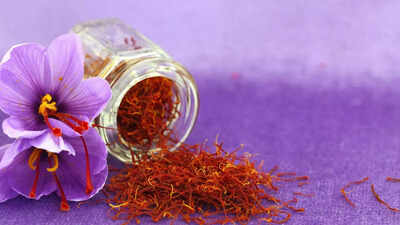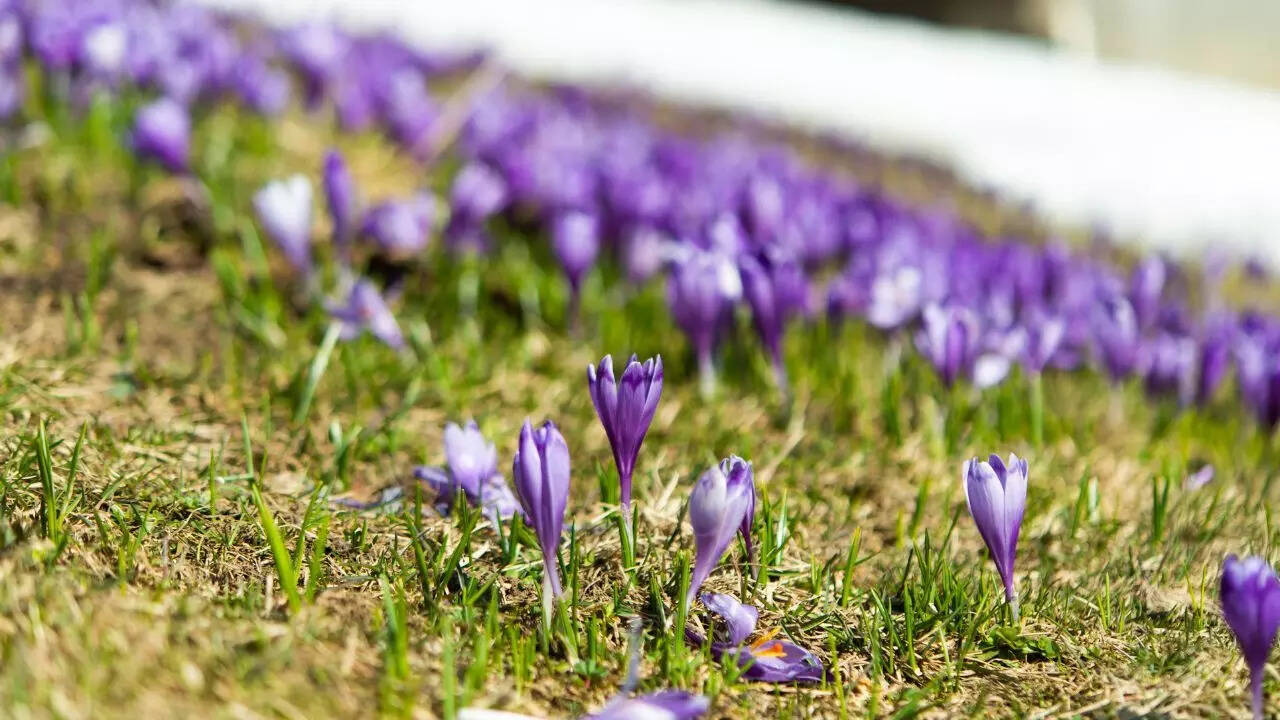ARTICLE AD BOX

Saffron, the world’s most expensive spice, is prized for its striking red threads, rich aroma, and powerful medicinal and culinary properties. Though it’s typically cultivated in specific climates, growing saffron at home is surprisingly achievable—even in compact spaces like balconies or windowsills.
With just a few pots, the right planting techniques, and some patience, you can harvest your own high-quality saffron. This guide walks you through the entire process, from choosing the best corms to harvesting delicate threads, so you can enjoy the luxury and satisfaction of homegrown saffron.
Why saffron is worth growing at home
Saffron comes from the dried stigmas of the Crocus sativus flower, which blooms briefly in autumn. Each flower produces only three threads of saffron, and harvesting must be done by hand, making it extremely labour-intensive and expensive.
However, with increasing interest in homegrown, organic ingredients, saffron offers a rewarding challenge for those who enjoy gardening. Growing your own saffron means access to pure, fresh threads without the high price tag, and it adds a unique talking point to your home garden.

How to grow saffron at home in pots or small spaces: Step-by-step gardening guide
Start with healthy corms
Saffron grows from bulb-like structures known as corms. For the best results, start with large, healthy Crocus sativus corms sourced from a reputable nursery or gardening supplier.
Make sure they’re free of mould, damage, or disease. High-quality corms will produce stronger flowers and more vibrant saffron threads.
Know the right time to plant
Timing is crucial when it comes to saffron cultivation. In India and similar climates, saffron corms should be planted in late summer or early autumn—typically around August to September. After planting, the flowers usually bloom within six to eight weeks, often between October and November.
Cooler weather encourages flowering, so early planting gives the corms enough time to establish roots before they bloom.
Use containers or grow bags
You don’t need a backyard or farmland to grow saffron. Containers, pots, and grow bags all work well. Choose shallow but wide containers—at least 6 inches deep—with plenty of drainage holes. A single 12-inch pot can hold 8–10 corms comfortably. Grow bags are also effective, especially if you want to scale up slightly on a terrace or balcony.
Prepare well-draining soil
Saffron doesn’t like soggy roots, so well-draining soil is essential. A good mix includes equal parts garden soil, coarse sand, and organic compost. This combination creates a light, airy soil that prevents waterlogging and allows the corms to thrive. Avoid using heavy or clay-rich soil, as it retains too much moisture.
Plant with the right spacing and depth
To plant the corms, dig holes about 2–3 inches deep and space each corm 2–3 inches apart. Place them with the pointed tip facing upward.
After planting, water gently—just enough to moisten the soil. Avoid overwatering, as excessive moisture can cause the corms to rot before they sprout.
Provide sunlight and limit watering
Saffron needs at least 5–6 hours of sunlight each day to grow well. Choose a sunny spot, such as a south-facing windowsill, terrace, or balcony. Once planted, saffron requires minimal watering. Water sparingly throughout the growing season, only when the soil feels dry to the touch.
Overwatering is one of the most common mistakes in saffron cultivation and can ruin the crop.
Harvest saffron with care
When the delicate purple flowers bloom, it's time to harvest. This usually happens in mid to late autumn. Early morning is the best time to pick the flowers while they’re still fresh. Gently remove the three red stigmas from each flower using tweezers or your fingers. Dry the threads in a cool, dark area for several days before storing them in an airtight container.
Care for corms after harvest
Even after harvesting, the plant’s green leaves will continue to grow. Allow these to dry and wither naturally, as they help the corms store energy for the next season. In warmer regions, you can move the pots to a shaded area after flowering to replicate the cooler mountain environment saffron prefers.Growing saffron at home is more accessible than many people realise. With a few pots, some healthy corms, and basic care, you can turn even the smallest garden space into a source of fresh, aromatic saffron. Not only is it a rewarding gardening project, but it also adds a touch of luxury to your kitchen and makes a beautiful, meaningful gift when shared.Also Read: Is your garden inviting snakes? Try these 7 organic ways to keep them out with no chemicals needed



.png)
.png)
.png)
















 2 hours ago
3
2 hours ago
3









 English (US) ·
English (US) ·